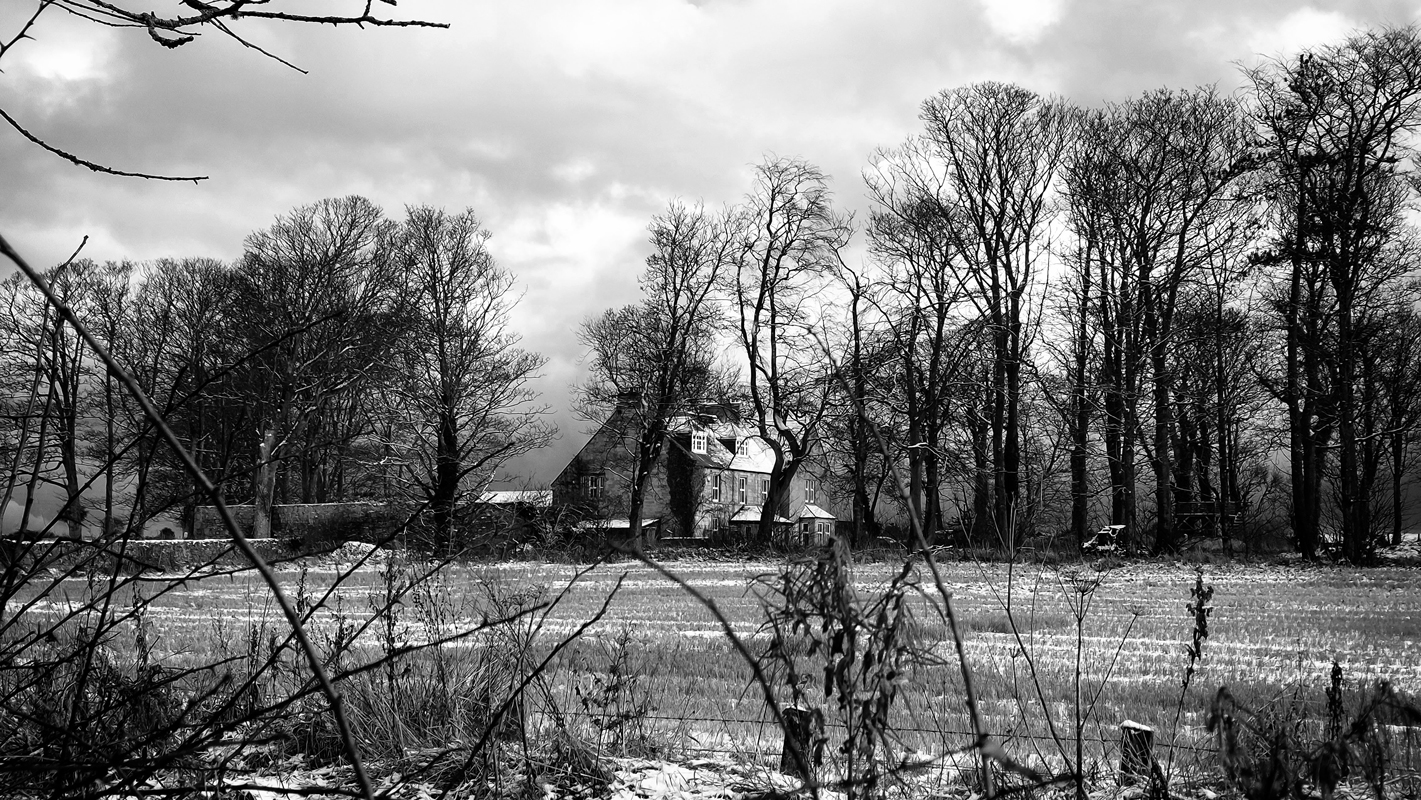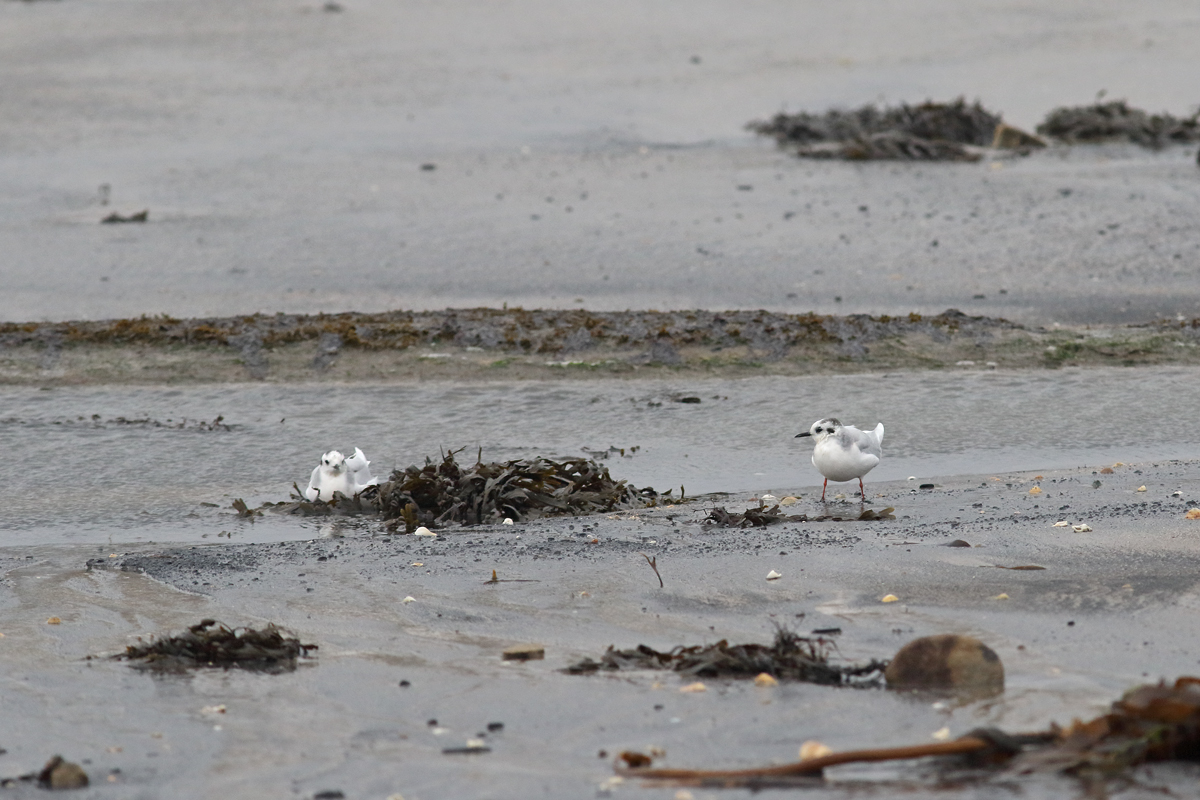One of the unwritten rules for bloggers and those on social media, an etiquette if you will, seems to require that the final post of the year should be a contemplative look back over the last 12 months and to plan forward into the coming year.
I've not posted for a few weeks because, to be quite frank, I am struggling to think of something to write about, let alone something 'contemplative'.
Its not that there have been no high or low lights, its just that I am having a bit of a writers block.
You might have noticed in several recent posts, I have only been doing a 'been there, seen that' type of style. I really do wish I could find a way to be more engaging. So, there's a plan for 2024. Try to make posts more interesting and engaging! Just how, I'm not sure yet, but, dear reader, I will try....
Right, 2023.
As the year comes to a close, I can feel very lucky in that there have been no major dramas with health for me and my family though a very close friend has suffered a life changing, but hopefully manageable 'glitch' in the machine.
As I rapidly approach the opening of my 7th decade (what!) I am expecting, like a car with high mileage, some things might start to give, but we can cross those bridges as they arise. At the minute, I have a clean MOT and for that I am thankful.
On the wildlife front, after all that is the purpose of this blog, the year has been quite good. Not a classic, but not bad either. The majority of my observations have been local, usually within a few miles of home, with an odd exception and holiday, such as the trips away to Ardnamurchan in June followed by a fortnight in Suffolk in September, where both brought some great wildlife experiences.
Two bird lifers came my way during the year with the Grey headed Lapwing at Low Newton, 6 miles from home, and the Brown Booby at North Gare, my only out of county twitch. New, other long awaited, Northumberland ticks were the Alpine Swift at Bamburgh and the Red breasted Goose at Elwick.
 |
| Both very unexpected lifers above, who knows what 2024 might bring... |
Drilling this theme down, there were no patch ticks this year, but there were some nice highlights including two great new birds for the garden with a brief Siberian Stonechat and an also brief male Firecrest both in October. On the downside, this is my third year without a Yellow browed Warbler on patch and laziness meant that a few common species were missed too such as Wigeon. My excuse is that we were away for the last two weeks of September when most birds come through on passage during seawatches.
 |
| Sibe Stonechat of one form or another as seen from the kitchen window. |
Other patch 'goodies' were Russian Whitefronts over the garden, the 2nd Egyptian Goose for the patch, Hobby, Sabine's Gull, Great Shearwater, a brace of Grey Phalaropes, Northern Bullfinch, 40 odd Waxwings and a great flock of 22 Snow Buntings. Not too bad within 1km of my house.
Moths were quite good too with 10 new species for the garden. This list included a first for Northumberland ( vice counties 67 and 68) and no less than 4 firsts for vc68 alone.
 |
| Cream bordered Green Pea 1st for Northumberland, Dusky Thorn 1st for VC68, European Corn borer, 1st VC68, 4th Northumberland and Tissue. |
Throw into the mix a few new plants, some great spiders for Northumberland, beetles etc and the whole 12 months hasn't been too bad at all.
 |
| Episinus angulatus 1st Northumberland, Euophrys frontalis, Uluborus plumipes, Pholcus phalangoides |
As for an absolute favourite wildlife encounter in 2023? Encounters with one family in the summer remain top of the pops and don't come any better than this. Please see - Here















































